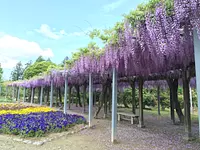2,000 years of history! Inatomi Shrine is enshrined in Inao. There are many highlights such as purple azalea and lion dance! We will also introduce you to the etiquette and manners of visiting a shrine that you may not know.
掲載日:2021.04.01
We will introduce you to the charm of Inou Shrine, located in Inou-cho, SuzukaCity City, which has a history that predates the Christian era and continues to exist in modern times, as well as the etiquette and etiquette of visiting a shrine that you might not have known. ! It is famous for the thousands of purple azaleas on Mt. Ino and the Shishimai, which is said to be the origin of the Shishimai in the Hokusei and Nakasei regions.
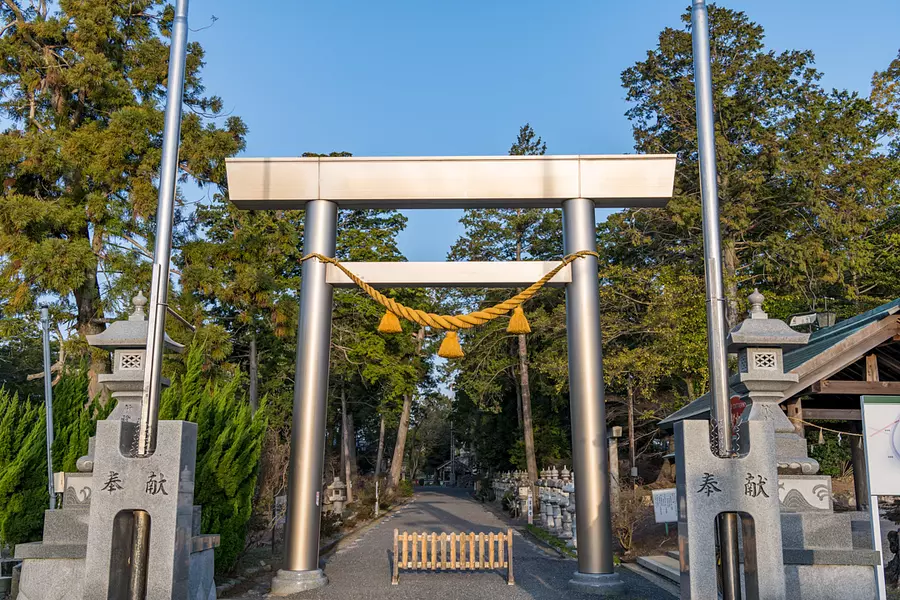
A monk and a photographer, a monk photographer wearing two sandals
Lives in SuzukaCity Camera experience: 13 years dedicated to Nikon
Recently, the shogi boom is coming back for the third time in my life.
When you arrive at the shrine, stop in front of the Otorii gate, bow once, and then proceed under the Otorii gate. Immediately after entering, cleanse yourself at the chozuya (chozuya), and then proceed down the approach to the shrine.
Do you all know the etiquette at Chozuya?
① First, take the ladle with your right hand and scoop up plenty of water.
② Pour some on your left hand to purify it, then switch to your left hand and cleanse your right hand in the same way.
③ Next is your mouth. Switch the ladle in your left hand to your right hand and pour water from the ladle into your left hand to cleanse your mouth.
Be careful not to touch the ladle directly, as it will be used by others as well.
④Cleanse the ladle you used last. If you hold the handle of the ladle with both hands and hold the ladle upright, the remaining water will flow into the handle, allowing you to purify yourself. Therefore, I think it's a good idea to consider the distribution of each glass of water.
It would be cool if this series of manners could be done smoothly. The people who accompanied me, other worshipers, and even the gods were like, oh! I can't do it! You might think so.
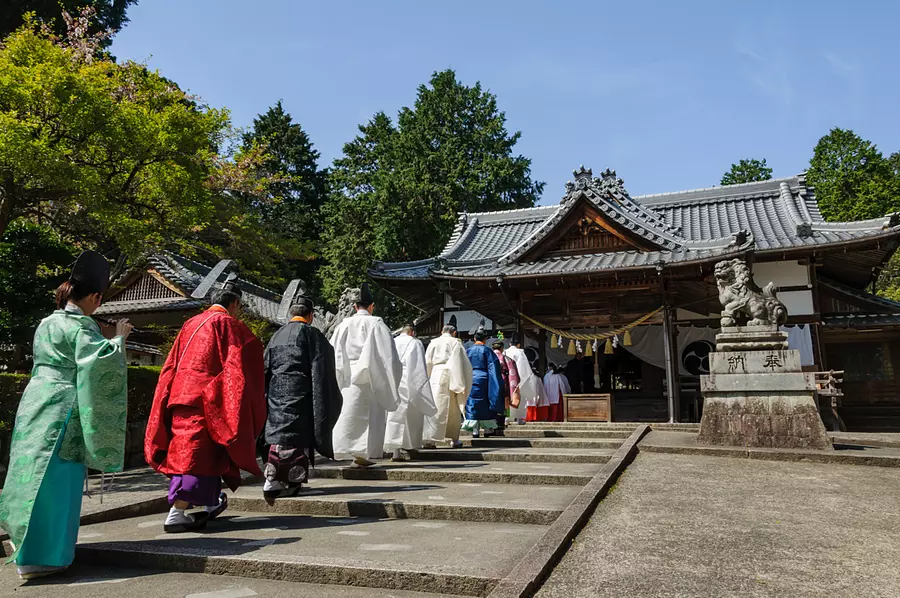
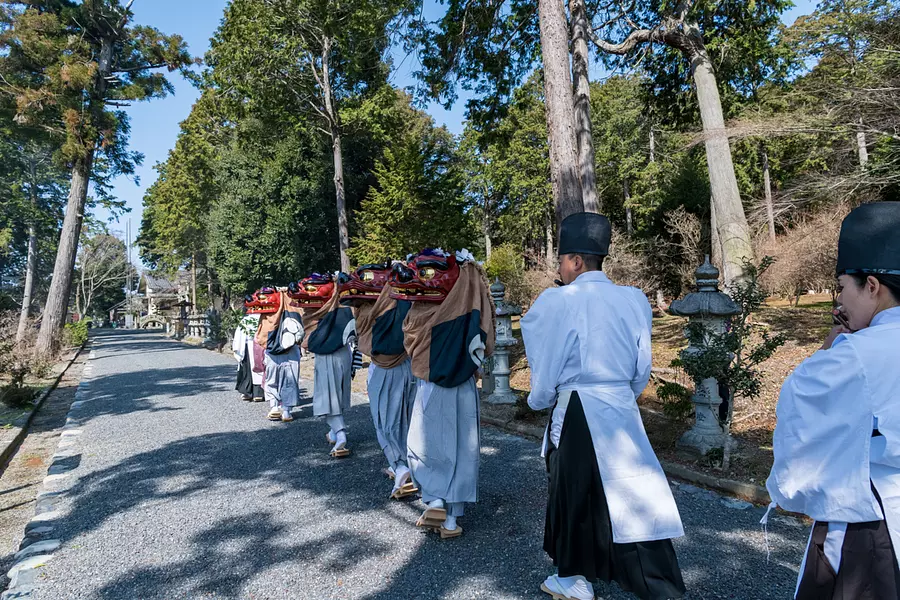
There is one thing to keep in mind when walking on the approach to the shrine.
The middle of the approach to a shrine is the path that the gods pass through, so avoid walking in the middle when visiting.
As you walk, you will see Shichishima Pond on the left, which is said to be Japan's oldest garden structure.
It is a simple, ancient garden that is said to be the prototype of Japanese gardens, and has been designated as a prefecture-designated scenic spot.
There is also a legend that Kobo Daishi Kukai was dug in one night.
Restoration work is currently underway on the island, and I can't wait for it to be completed.
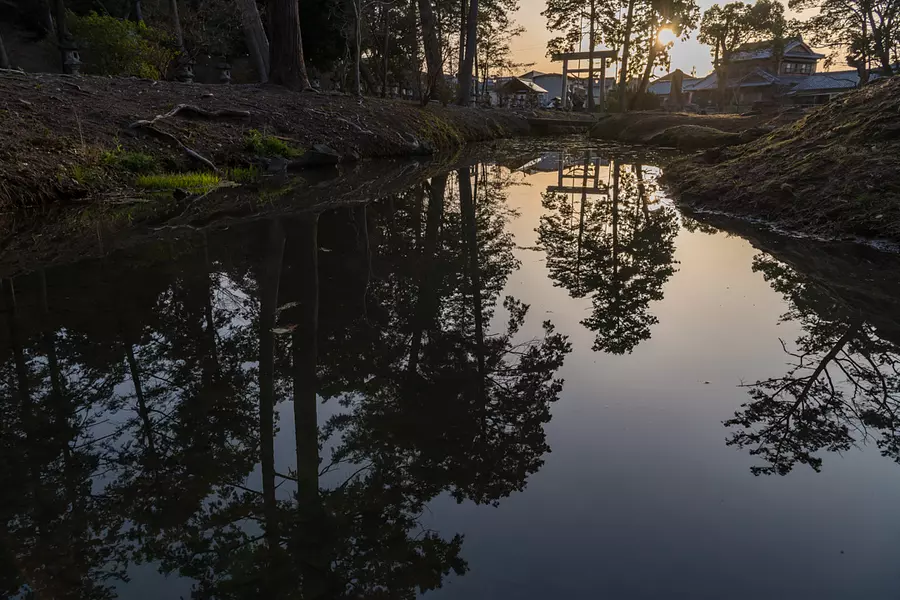
When the wind has stopped, such as during the morning calm, the sunrise reflected on the water surface and the scenery of the temple grounds are very beautiful!
This is the first scenic point!
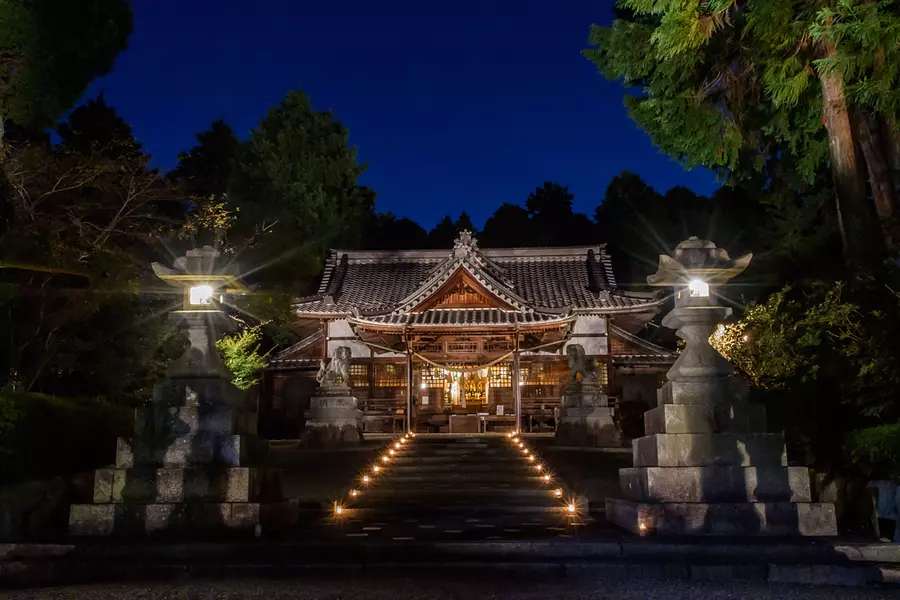
“What should we do once we reach the front of the shrine?”
Of course, it is a bow (greeting), but there are basic manners to this as well.
① First, when you arrive in front of the offering box, carefully place the offering money into the offering box.
②If there is a bell or crocodile mouth (noisepiece) in front of you, ring it. This noise has the meaning of exorcism to purify oneself, and the meaning of calling to the gods. It's similar to when you go to someone else's house and ring the chime and wait until they answer before greeting them.
③Next, as in ``Two bows, two claps, one bow'', first correct your posture and then politely bow twice.
Put your hands together in front of your chest, then gently pull your right hand toward you and clap your hands twice.
Bring your right hand back and join your hands together in prayer. Finally, bow politely once again.
I will pray like this.
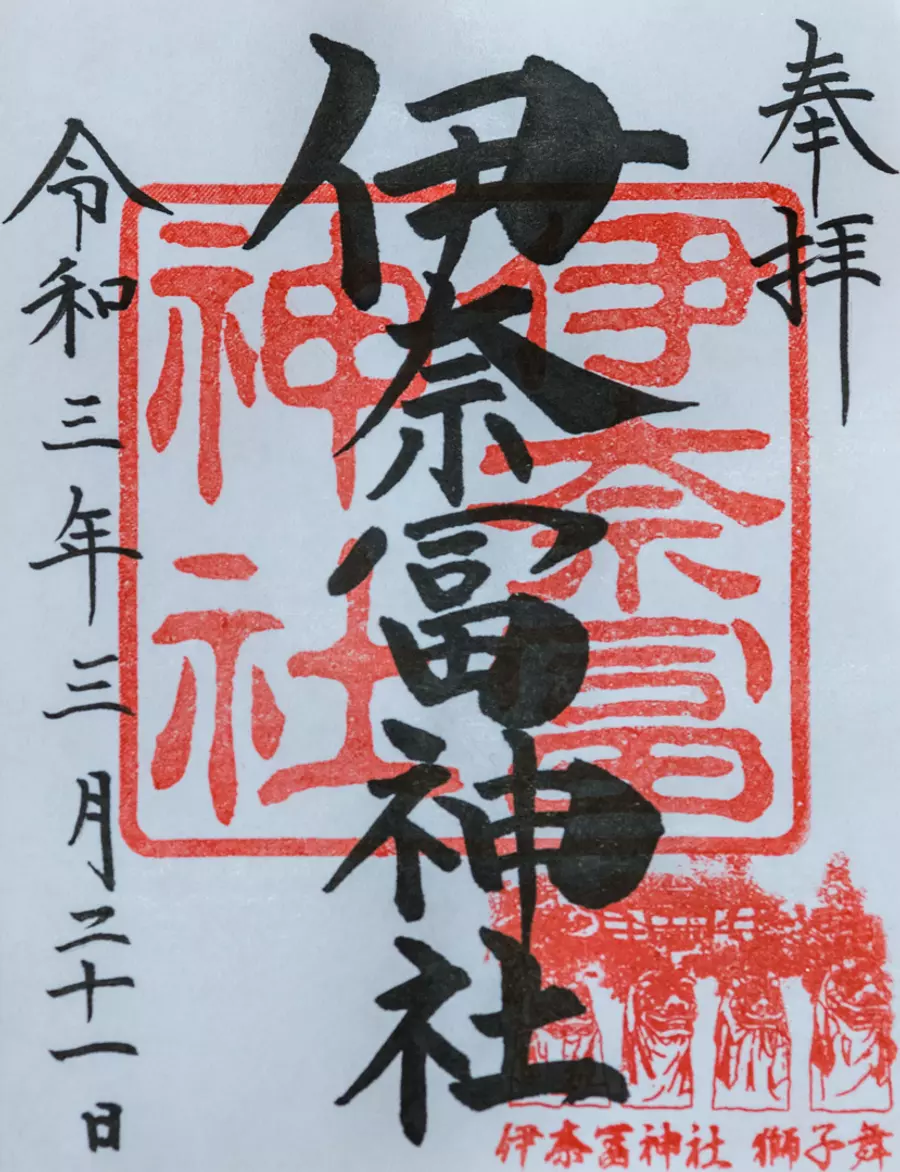
Goshuin stamps have become popular in recent years, but if you wish to receive them, please make sure to visit the shrine (greetings to the gods) before you receive them.
A goshuin is a stamp that you receive as proof that you have visited the shrine. If a family member is unable to visit the shrine for some reason, it is fine to ask them to visit the shrine on their behalf, but you can also do this for a friend! However, please refrain from asking for too many copies.
Furthermore, please do not resell it. I see this every now and then, and as someone who writes with all my heart, it really hurts my heart.
Once you have finished your visit (and greetings), take a leisurely stroll around the shrine grounds and surrounding area as much as time allows.
When you leave the Otorii gate, don't forget to turn around and bow once!
Even when you go to the shrine grounds to take pictures or take a walk, I think that if you first pay your respects to the deity, you, the Shinto priest, and the deity will all feel good. It's better to be good at etiquette, but it's not like you'll be punished if you make a mistake, so it's important to try to make sure everyone can have a comfortable visit.
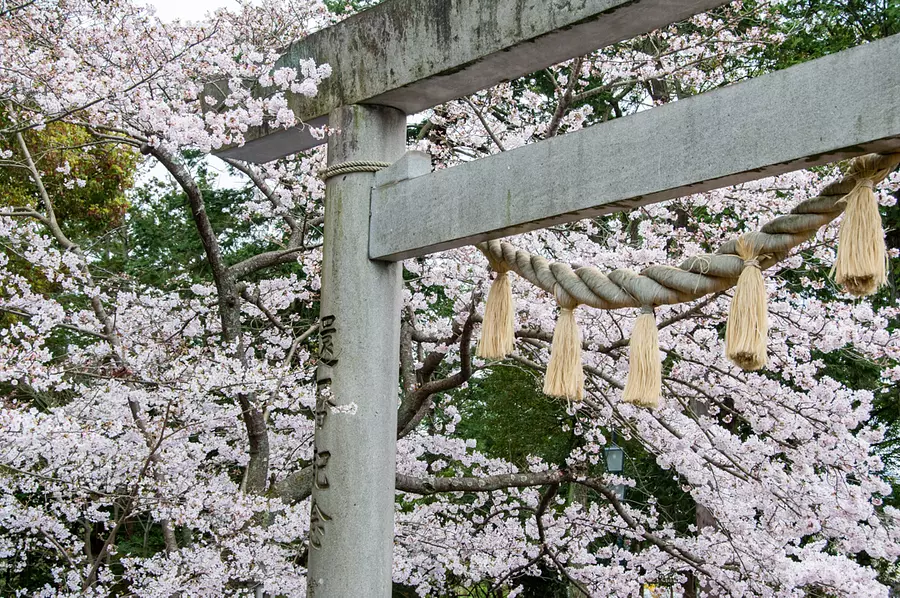
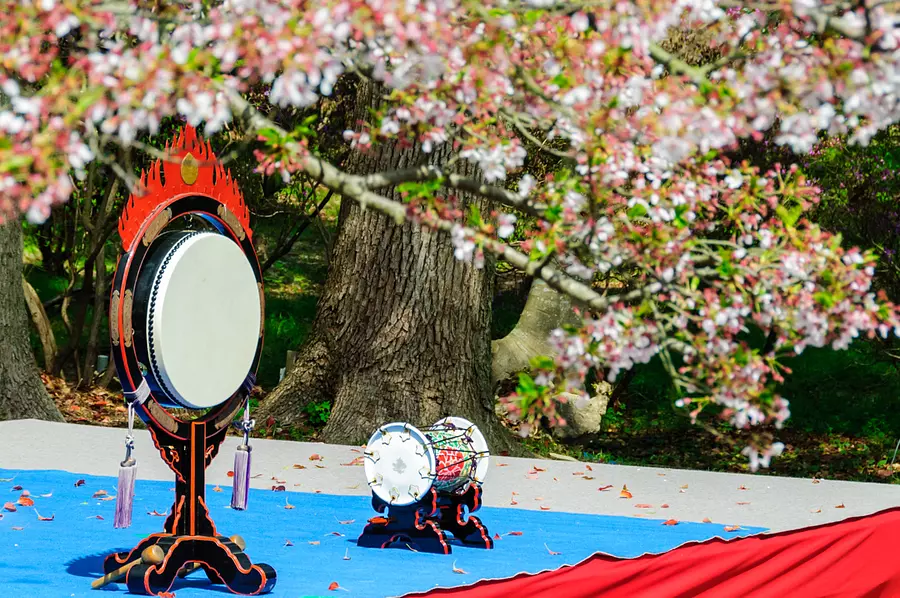
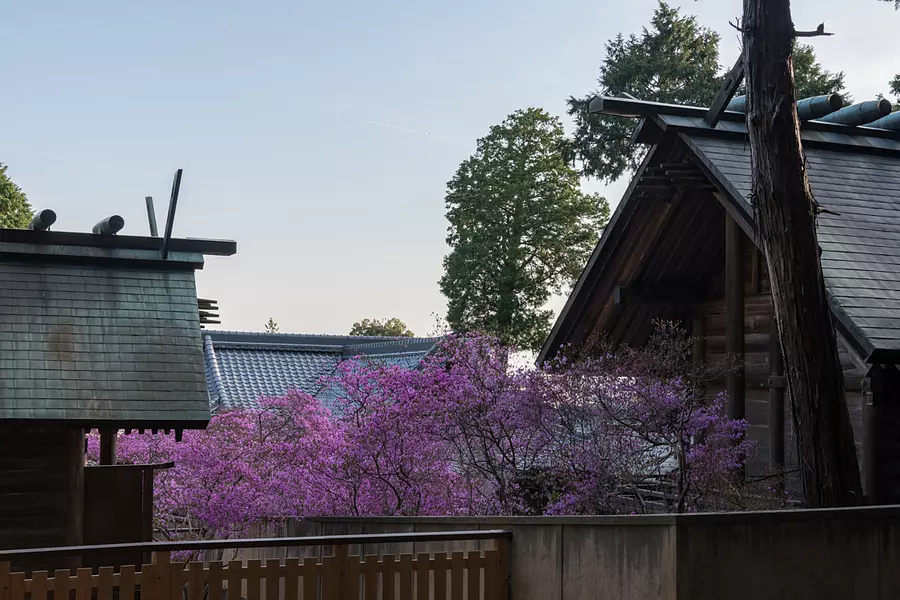
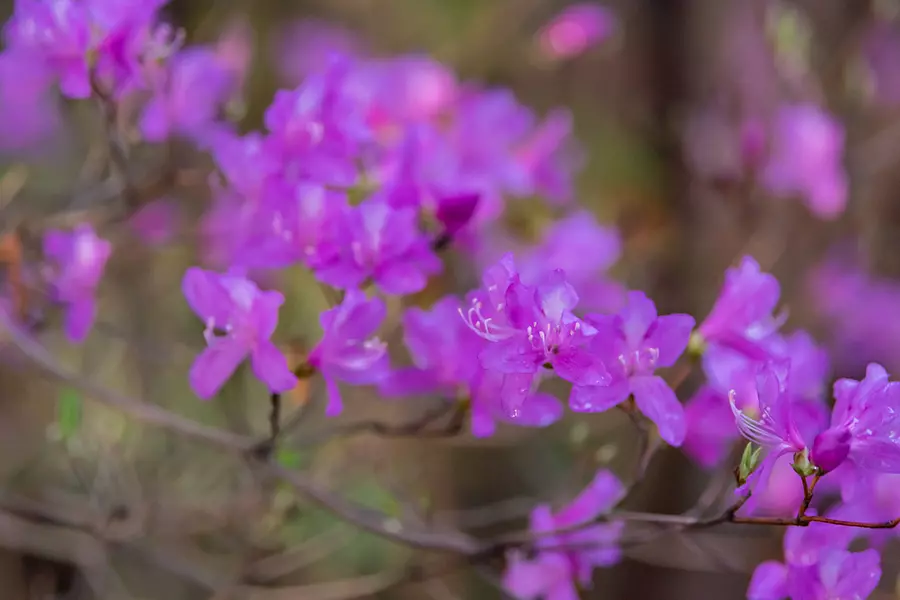
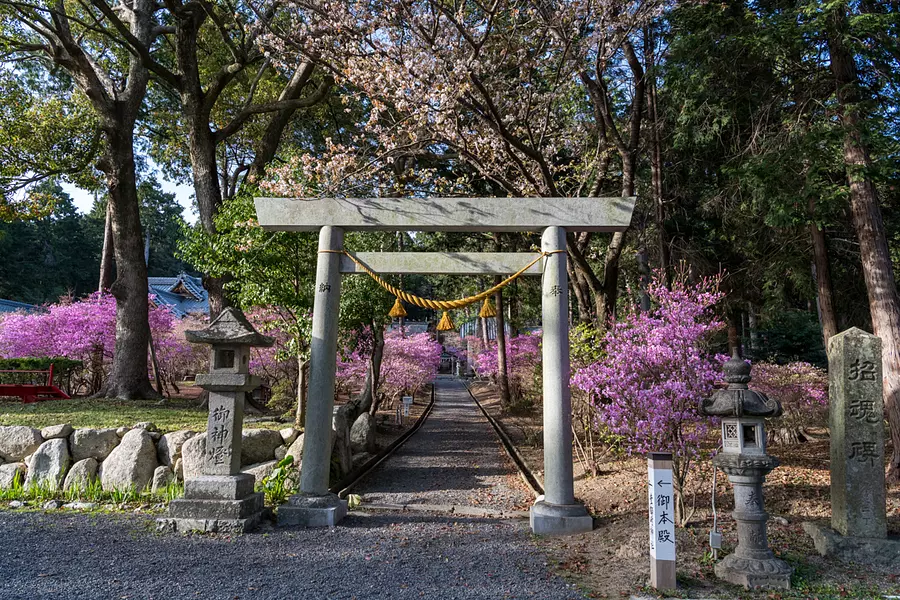
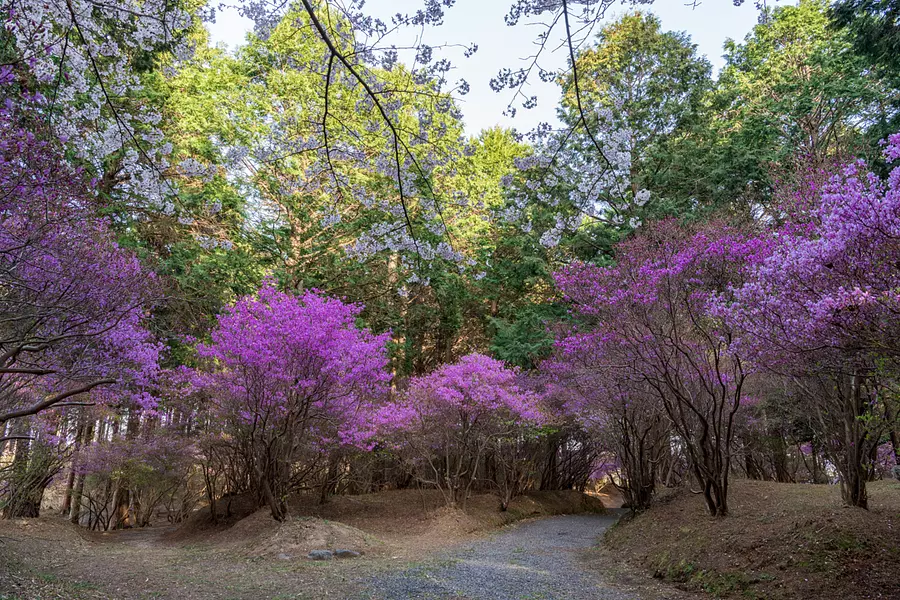
On the promenade, you can walk around the temple grounds while passing through a tunnel of purple thatch. It's beautiful no matter where you take the photo, but be sure to find your own scenic spot.
Azalea Festival at Inatomi Shrine
Every year from early April to around April 16th, the annual festival.
Inoyama (Inatomi Shrine)
059-386-4852
Yes
From Kintetsu Shirako Station, take the C bus bound for Bell City for 10 minutes, then get off at Inoukyokumae and walk 5 minutes.
5 minutes walk from Ise Railway “SuzukaCircuit Ino Station”
30 minutes by car from Suzuka IC towards SuzukaCircuit
Enter the circuit road from National Route 23 (Jikego) and turn left at the first traffic light (Nomuracho) and go straight.

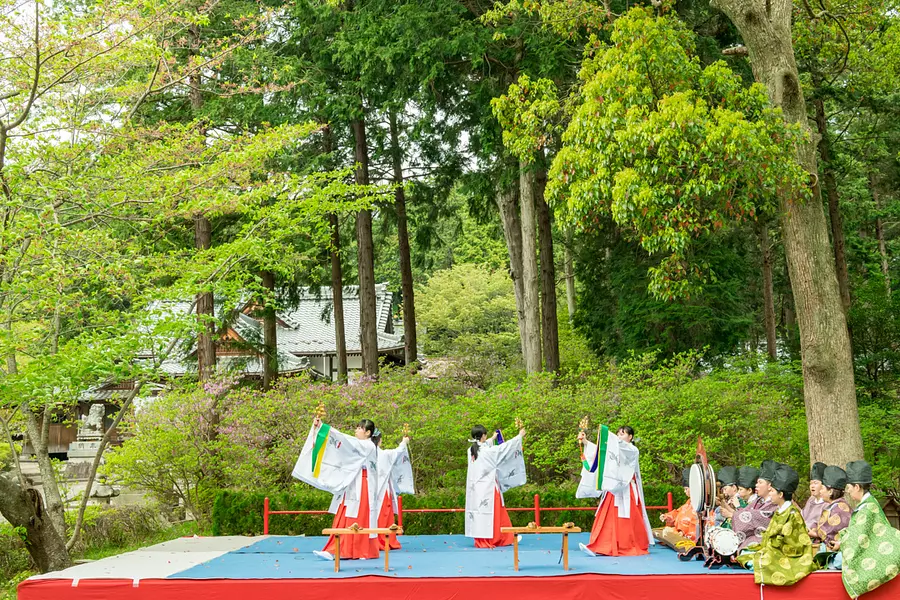
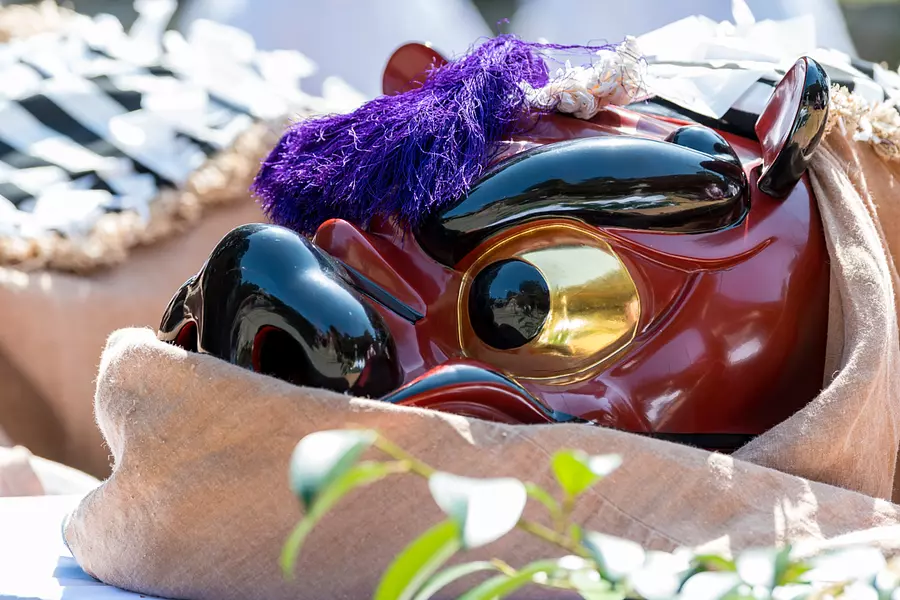
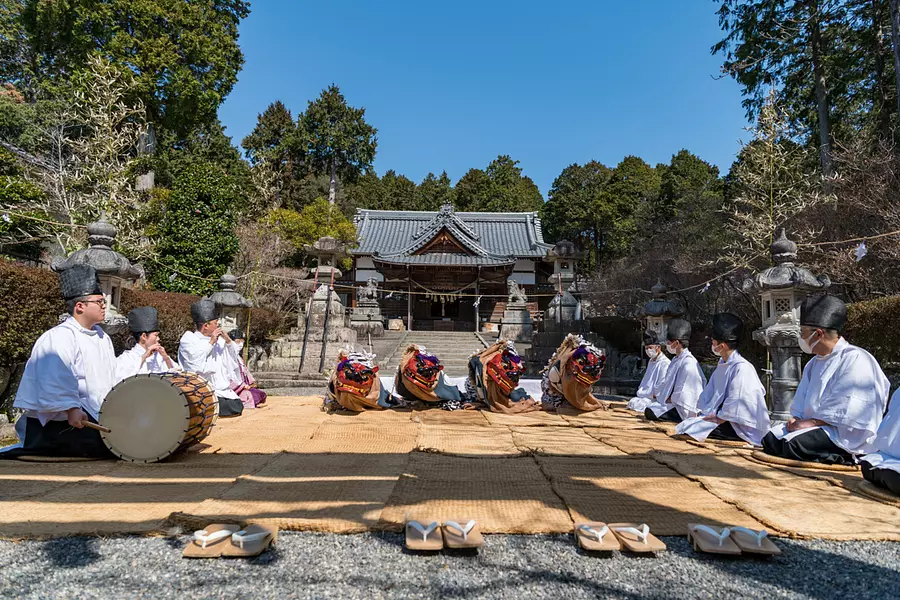
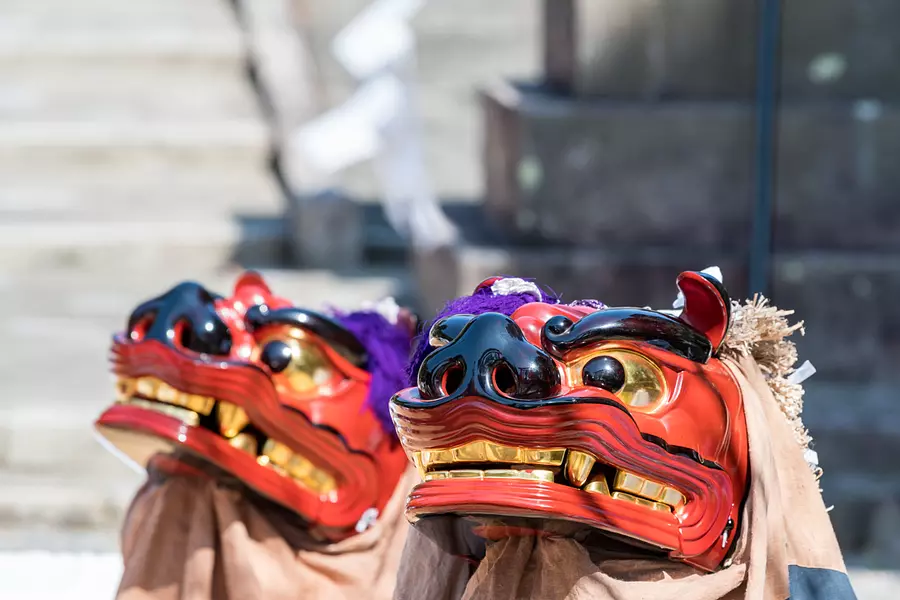

The festival is held once every three years, from early February to mid-April during the Years of the Ox, Dragon, Wolf, and Dog.
During this period, it will be enshrined in the shrine office, so you can see it.
There are four lions that are incarnations of the gods Omiya, Nishinomiya, Sandaikami, and Bosatsudo, but each one has a different face!
Although it is not possible to see the original dance this year due to the coronavirus pandemic, there are many fans of the Ino no Shishimai, and each dance hall is usually crowded with many spectators and photographers, from grandparents to small children. .
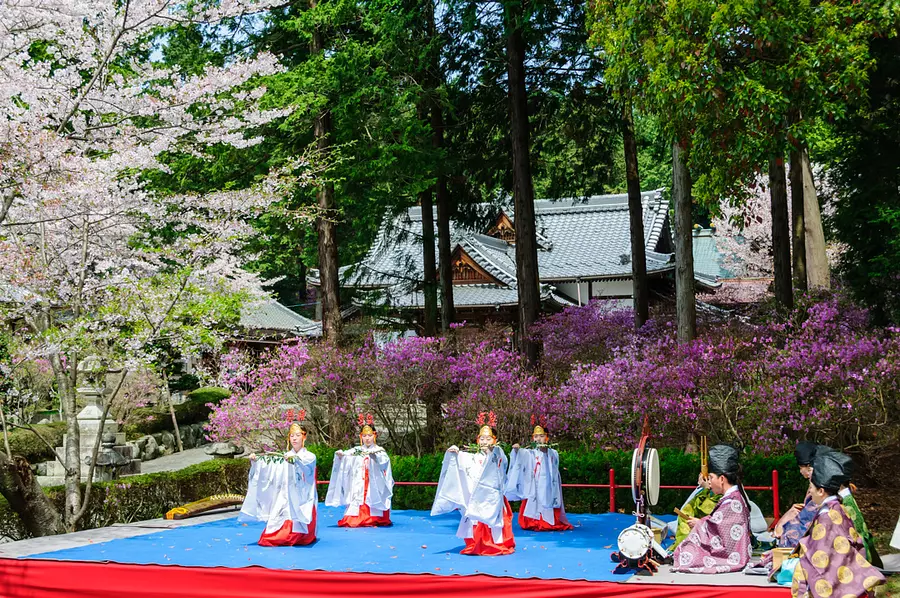
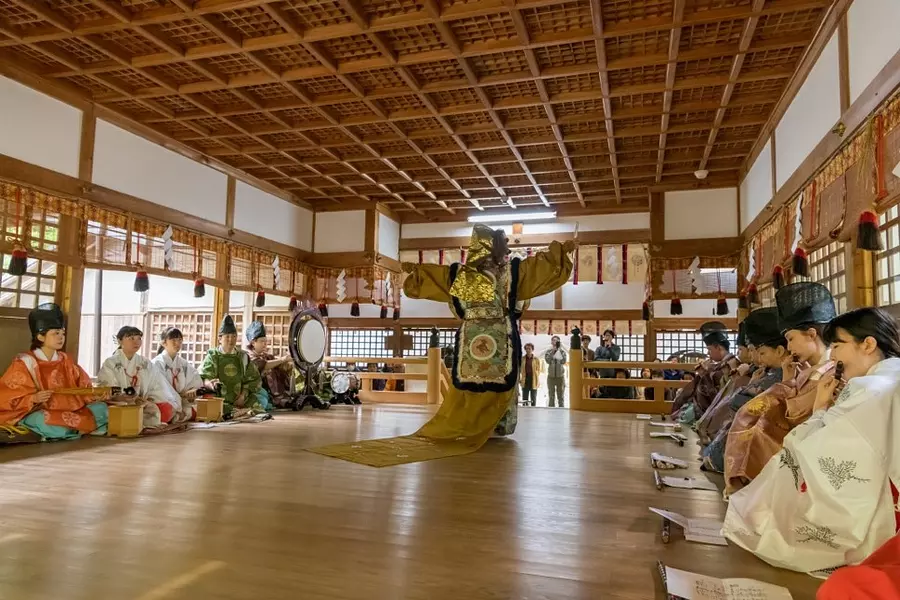
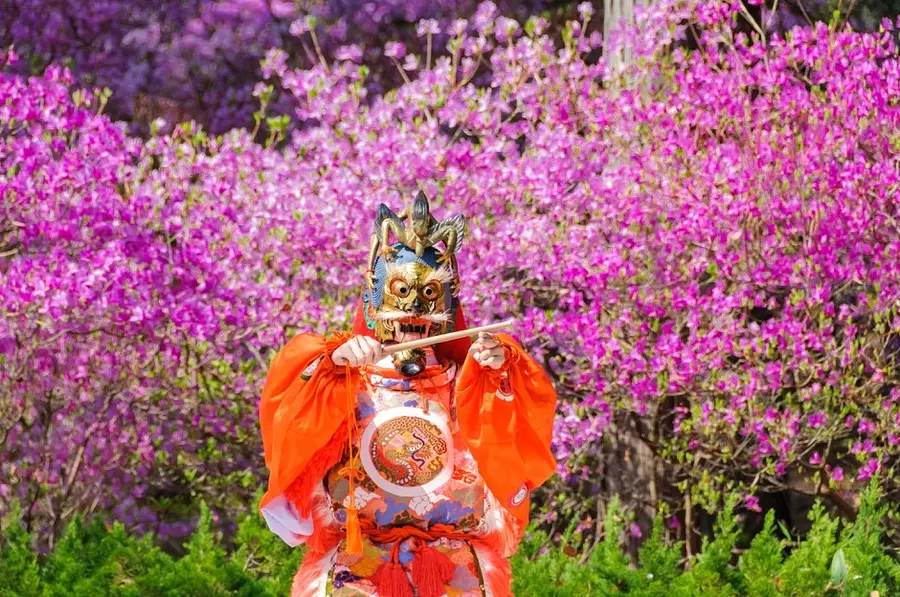
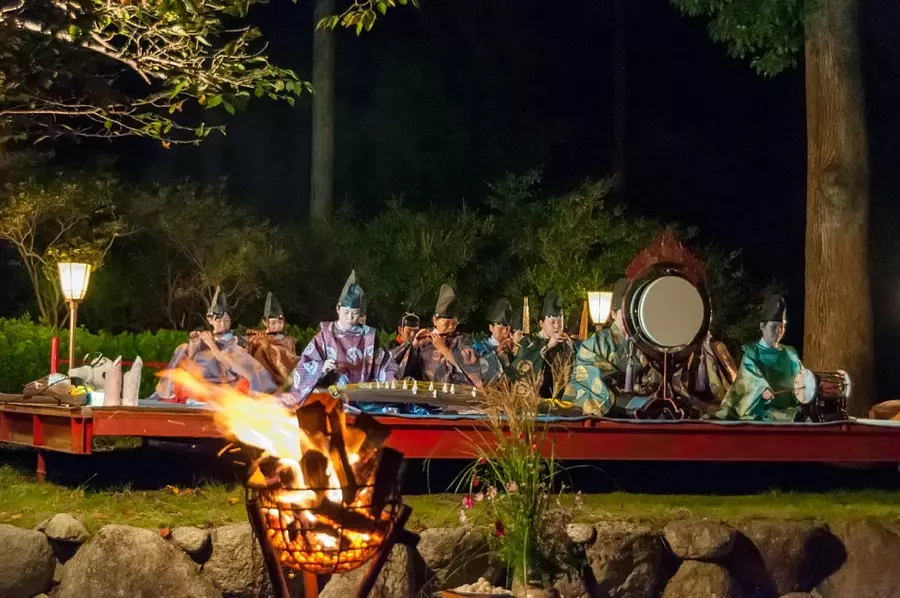
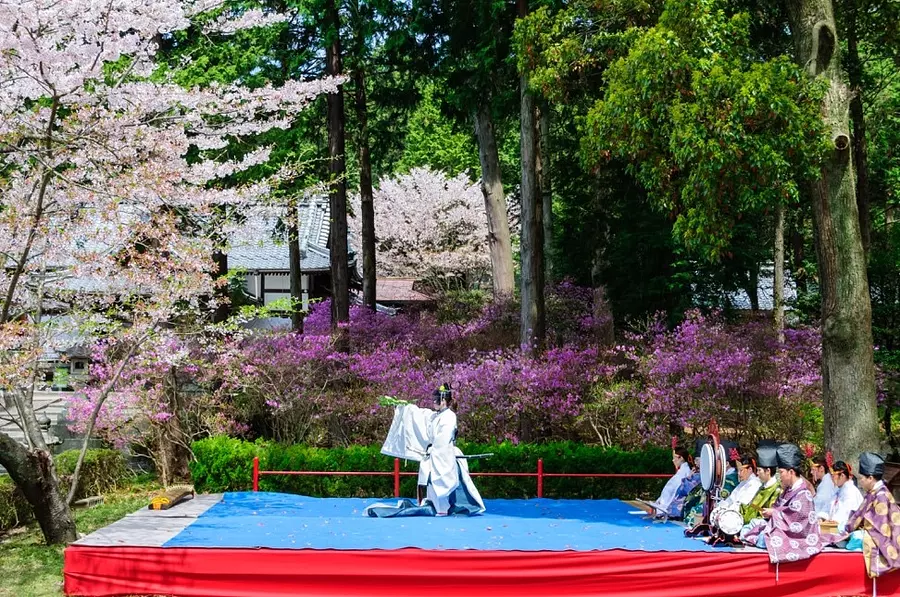
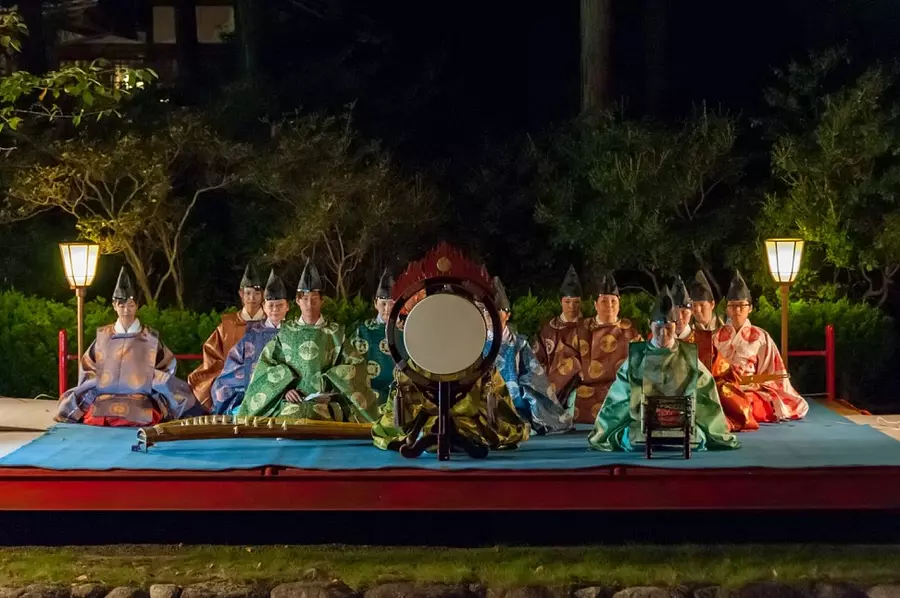
Inatomi Shrine is one of the few shrines in the prefecture that has an active gagaku society.
The Inatomi Garaku Association's activities include festivals, moon viewing parties, and regular dedication concerts, which you can see up close.
You can enjoy the elegant tones and elegant space that makes you feel as if you have traveled back in time. This is also a great point for photos.
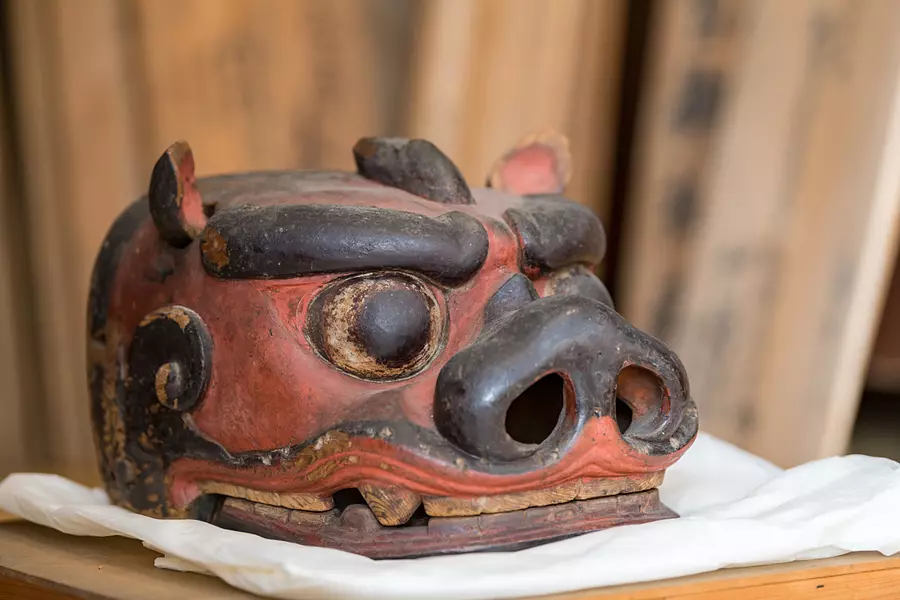
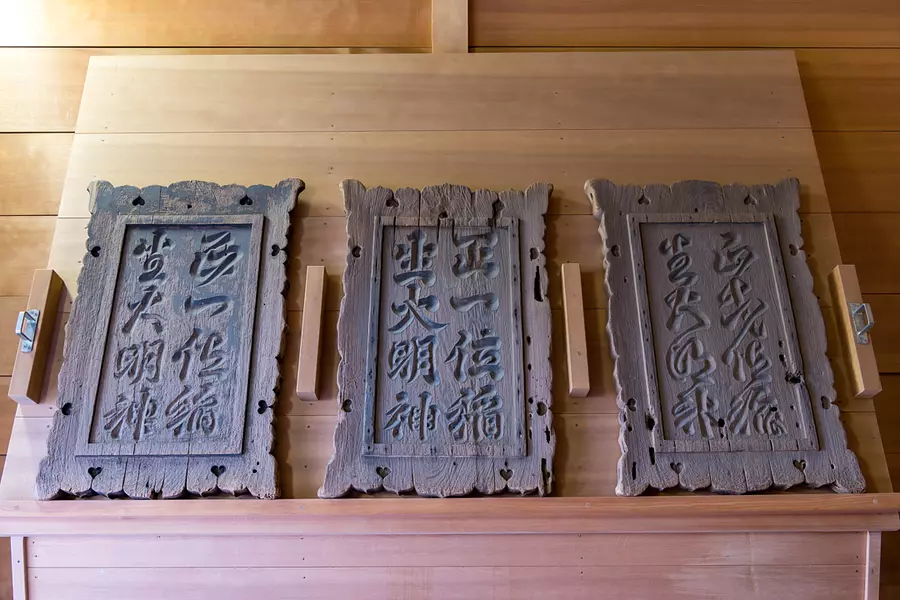
All three sides are written in different fonts as ``Shoichii Inou oaki', and were created by Fujiwara no Tsunetomo, the 9th head of the Sesonji school in Bun'ei 11 (1274). The two heart-shaped boars on each side are cute.
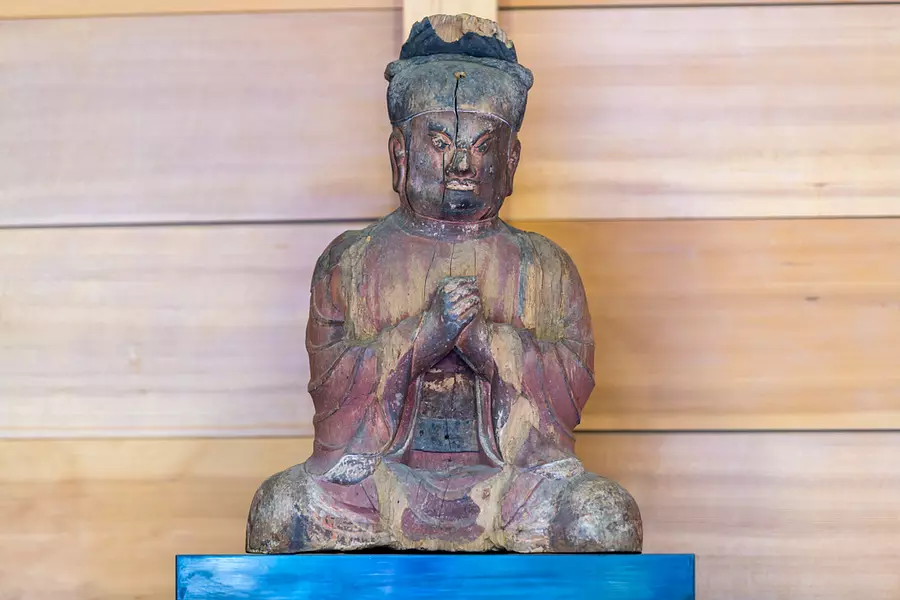
A divine statue said to be that of Emperor Sujin. Made in the late Heian period. (Nationally designated important cultural property)
Isn't it amazing that things from the Heian and Kamakura periods still exist today?
I think it has been passed down along with faith.
Are there any things in your house that will remain 800 years from now? When you think about it, you'll be surprised at how amazing it is.
It seems that you can see these treasures depending on the weather, so please contact us in advance.
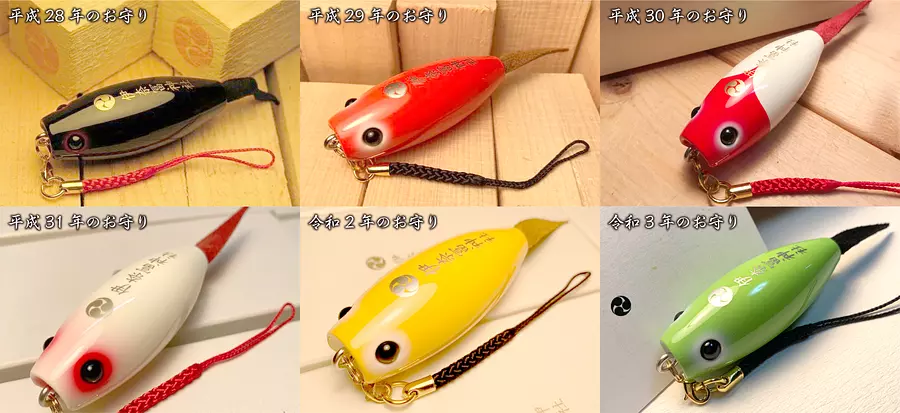
"Hariagemori"
This amulet is a collaboration with Kotaro Sugihara of CHEST114, a lure craftsman living in SuzukaCity.
Just like fishing lures, each item is carefully crafted by hand from carefully selected Japanese cypress wood from Mie Prefecture, from carving to coloring. As the meaning of ``fishing'' suggests, it is not only a good luck charm, but also a good luck charm that can bring good luck, happiness, and even business performance, so people come from all over the country to ask for it and get inquiries about it!
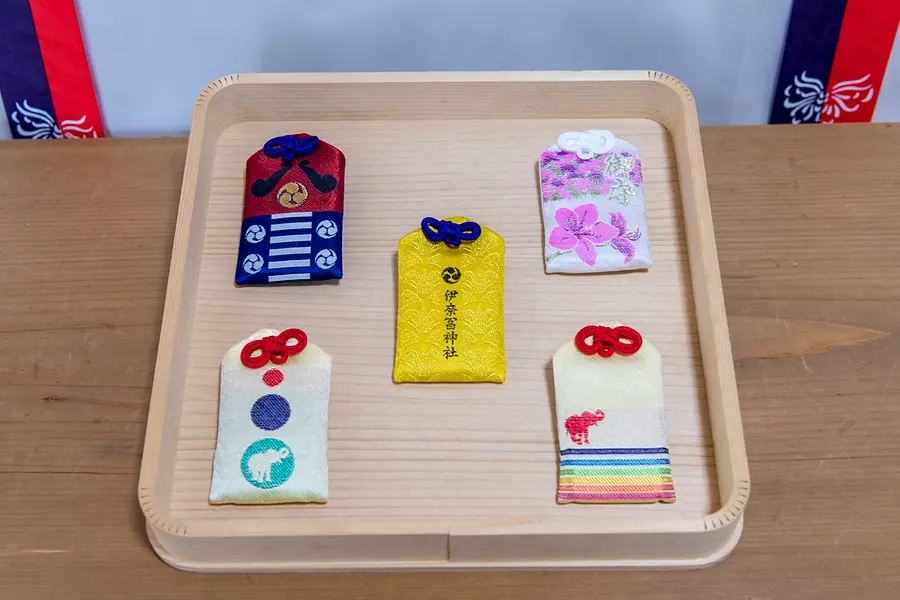
The recently awarded amulet was designed by Mr. Negi with his heart in mind, with images of the lion dance of the local rice fields, purple azaleas, and rice.
In addition, like the Tsurage Amulet, the amulet is designed with seven polka dots and seven colored stripes designed by lure craftsman Kotaro Sugihara, and is said to be an amulet designed with the Shichishima Pond in the temple grounds in mind. The elephant mark is said to be the designed CHEST114 logo.
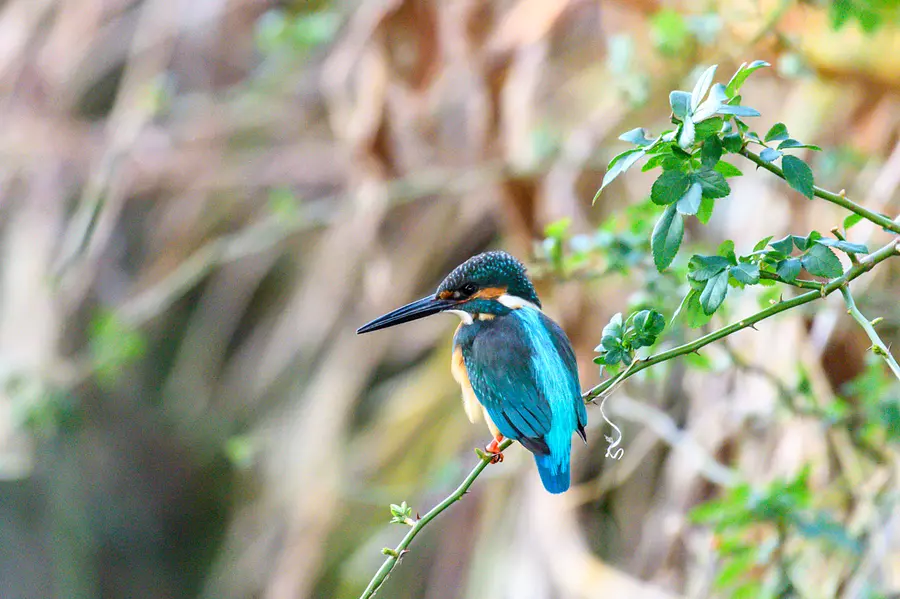
You can also hear and see the cries of various wild birds within the grounds.
I was able to meet a white-eye, a daurian redstart, and a kingfisher!
I haven't seen it yet, but when I go there at night, I hear it cry, "Hoo-ho!" Horned owl? owl? I'm very concerned.
→Go to next page. It will continue a little more.
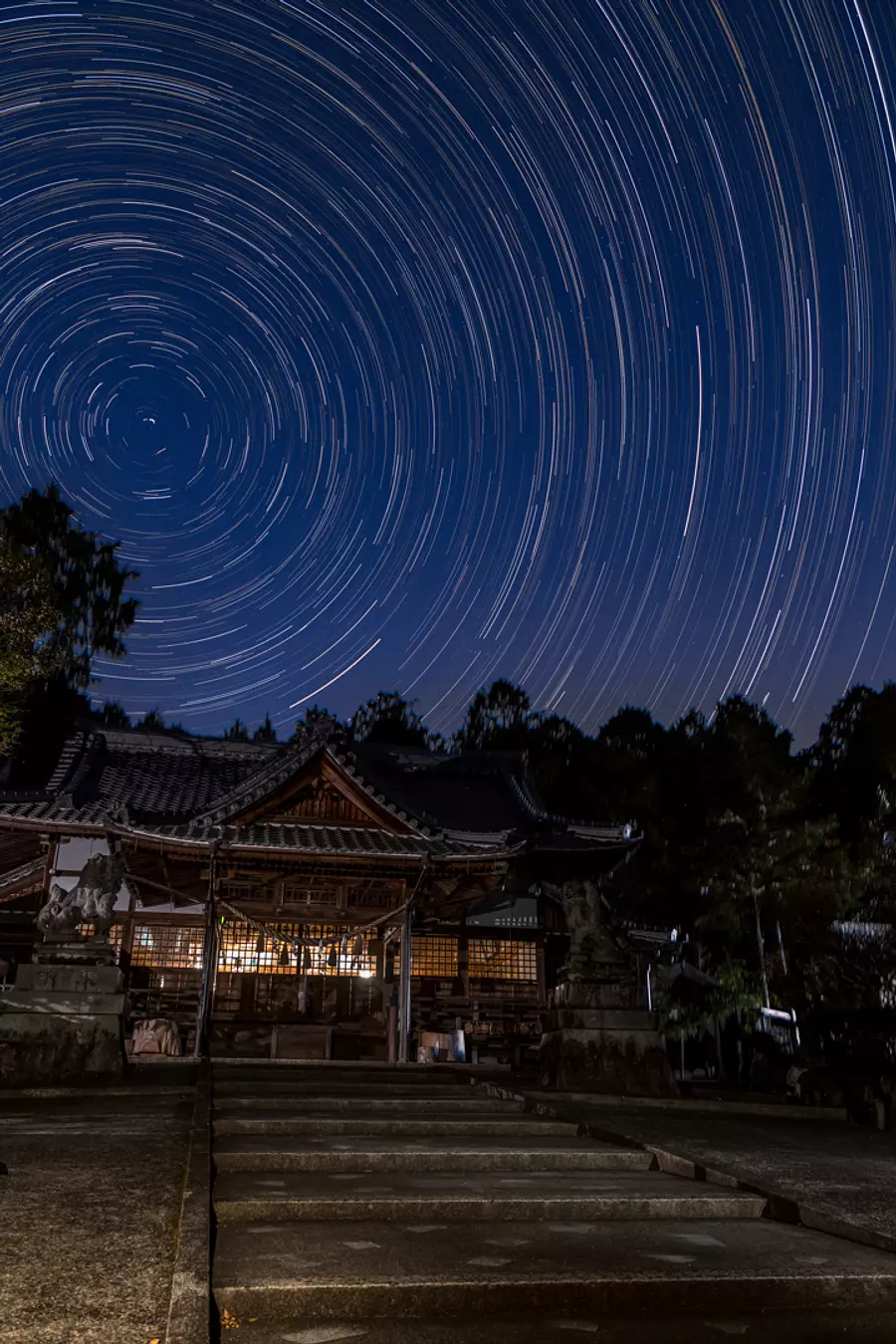
Inatomi Shrine, the power spot of Ino! The chief priest and Mr. Negi are also smiling and talking to us in a friendly manner.
If you're in the area, please stop by. I think everyone will like it.
Click here for more information on access and basic information!
Inoujinja Shrine HP http://inou-jinja.com/

